From Humble Beginnings to Commercial Success
Every journey has a beginning, and in the realm of cannabis cultivation, it often starts with a small-scale operation in the corner of a garage or a closet… with a collection of red solo cups and baby pools. As legalization has swept across regions, what was once an underground hobby has transformed into a burgeoning industry with sophisticated commercial operations. This evolution reflects not only changing legal landscapes but also advancements in cultivation techniques, facility design, and business strategies. In this in-depth exploration, we trace the trajectory of cannabis cultivation from its grassroots origins to the pinnacle of commercial success, focusing on the journey from tent grows to multitier commercial operations.
Image from Growery blog member Oatman2000
DIY to Data-Driven: The Evolution of Cultivation Practices
In the early days of cannabis cultivation, growers relied on trial and error, often referred to as “Bro-Science,” to guide their practices. However, the landscape shifted with legalization, ushering in an era of empirical research, standardized operating procedures (SOPs), and data-driven decision-making. Cultivators embraced scientific principles to optimize phenotypic expression, maximize yield, and create profitable businesses. This transition marked the rise of the commercial cannabis cultivation director, a role blending horticultural expertise with business acumen to drive success in a competitive market.
Facility Design: From Home Grows to Multitier Operations
Facility design lies at the heart of commercial cannabis cultivation, encompassing considerations such as layout, spacing, environmental control, and workflow efficiency. As growers transition from small-scale home grows to large commercial operations, they must navigate the complexities of facility design to optimize space utilization, productivity, and profitability. From understanding electrical and structural limitations to implementing advanced HVACD systems and data collection technologies, every aspect of facility design shapes the success of the cultivation venture.
Practical SOPs: Standardizing Operations for Consistency and Quality
Standard operating procedures (SOPs) are the cornerstone of successful cultivation operations, providing clear guidelines for every aspect of the cultivation process. From system checks and defoliation techniques to staff training protocols, SOPs ensure consistency, quality, and compliance with regulatory requirements. As growers scale up their operations, robust SOPs become even more critical, facilitating seamless expansion, staff training, and operational efficiency.
Business Goals: Maximizing Profitability through EBITDA and Margin Analysis
Commercial cannabis cultivation is ultimately a business endeavor, driven by financial goals such as EBITDA (earnings before interest, taxes, depreciation, and amortization) and margin analysis. By controlling costs of production, optimizing room utilization, and maximizing operational efficiency, cultivators can enhance profitability and ensure long-term sustainability. Effective business planning and financial management are essential components of success in the competitive cannabis market.
Room Utilization Strategies: Maximizing Space Efficiency and Workflow
Room utilization is a key determinant of operational efficiency in cannabis cultivation facilities. From single-tier setups to multitier operations, growers must optimize space utilization while ensuring adequate airflow, environmental control, and accessibility for cultivation tasks. Each approach offers unique advantages and challenges, requiring careful consideration of factors such as mobility, scalability, and labor efficiency.
Design Considerations: Choosing the Right Infrastructure for Success
When designing a cannabis cultivation facility, growers must make critical decisions regarding layout, equipment integration, and infrastructure. Factors such as lighting, HVACD systems, racking, airflow, watering and irrigation, and crop management techniques all impact the success of the operation. Whether opting for fully mobile rolling racks, fixed rows with rolltop benches, or other configurations, growers must align their design choices with their business goals, budget, and operational needs.
Multitier Cultivation: Maximizing Efficiency, Sustainability, and Innovation
Multitier cultivation represents the apex of facility design, offering unparalleled advantages in efficiency, scalability, and sustainability. By harnessing vertical space and leveraging advanced technologies, multitier facilities maximize yield potential while minimizing resource consumption and environmental impact. From enhanced crop uniformity and quality to fostering innovation and collaboration within the industry, multitier cultivation stands poised to shape the future of commercial cannabis cultivation.
Conclusion: The Future of Commercial Cannabis Cultivation
As the cannabis industry continues to evolve and mature, cultivators face both unprecedented opportunities and challenges. From small-scale home grows to large multitier operations, the journey of cannabis cultivation reflects the convergence of science, technology, and entrepreneurship. By embracing data-driven practices, optimizing facility design, and prioritizing sustainability and innovation, growers can navigate this dynamic landscape and unlock the full potential of commercial cannabis cultivation. As the industry marches forward, one thing remains certain: the journey from tent grows to multitier commercial operations is a testament to the resilience, ingenuity, and passion of cultivators worldwide.







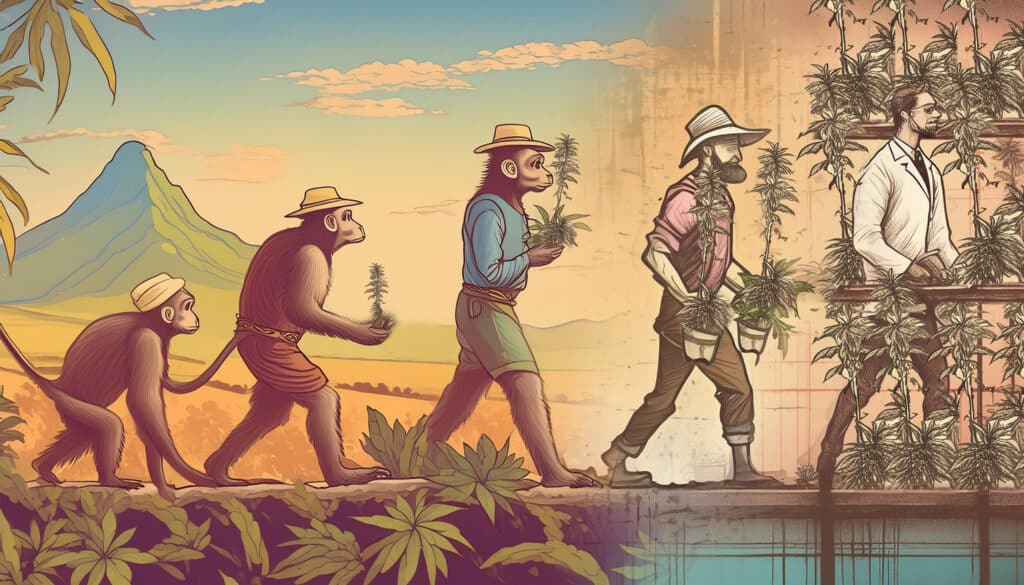




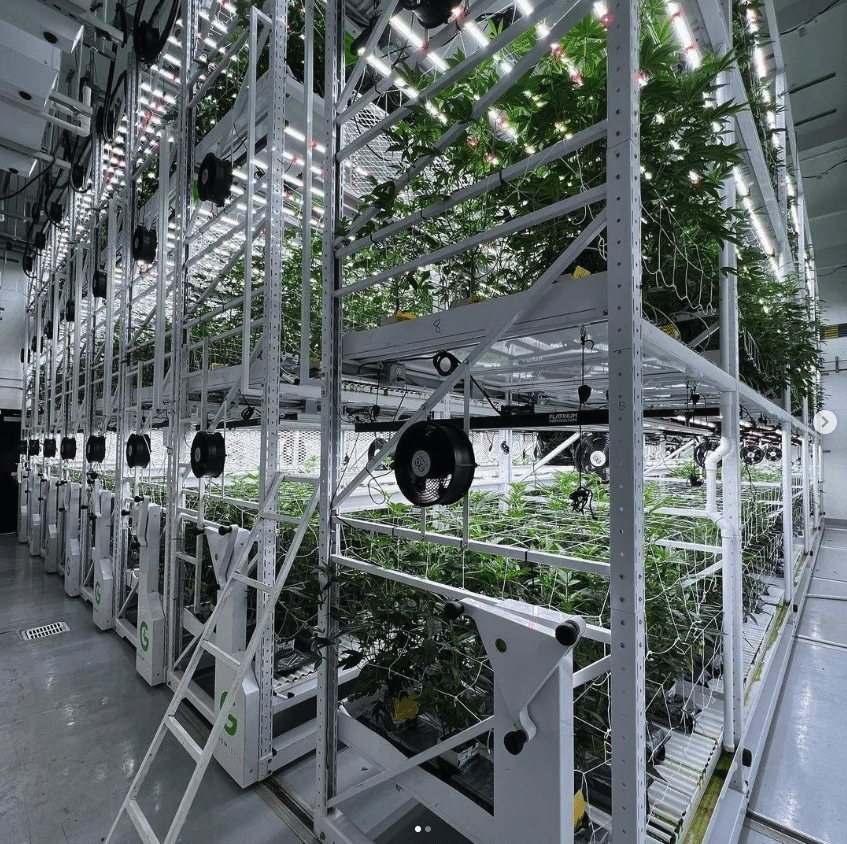
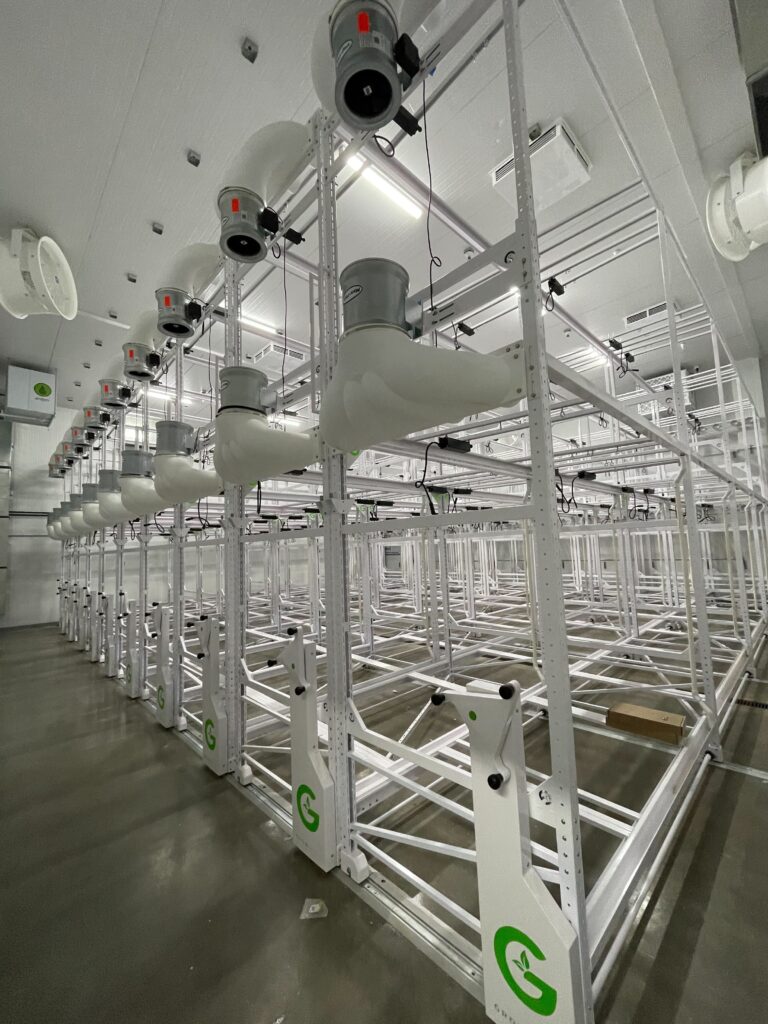
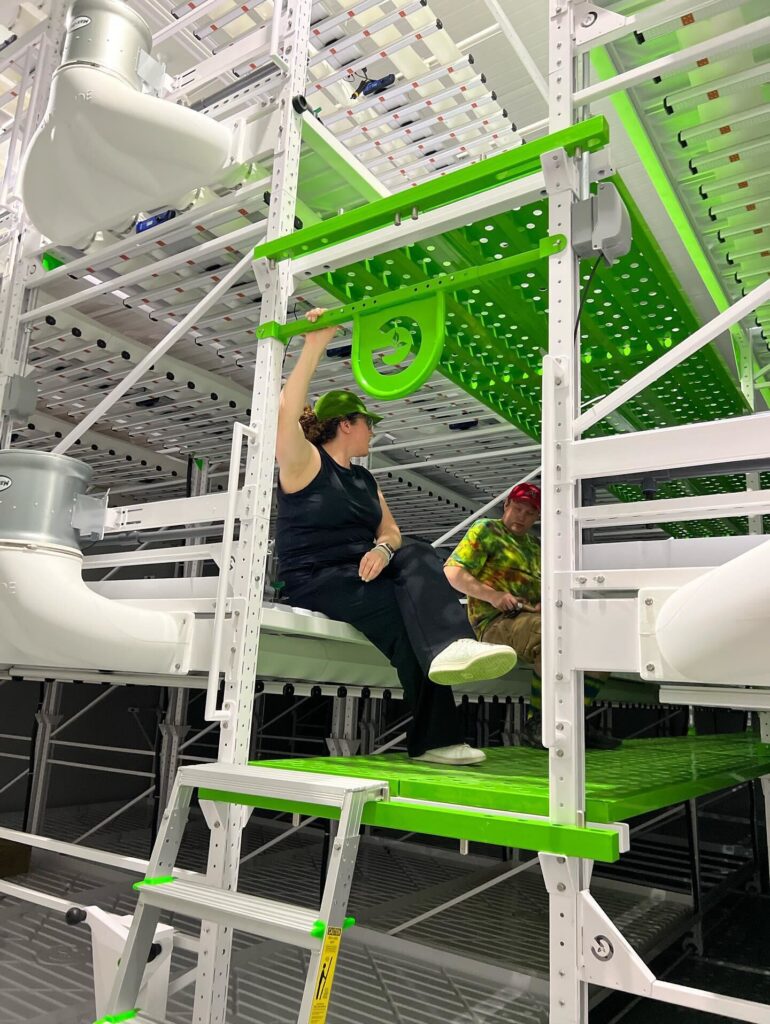
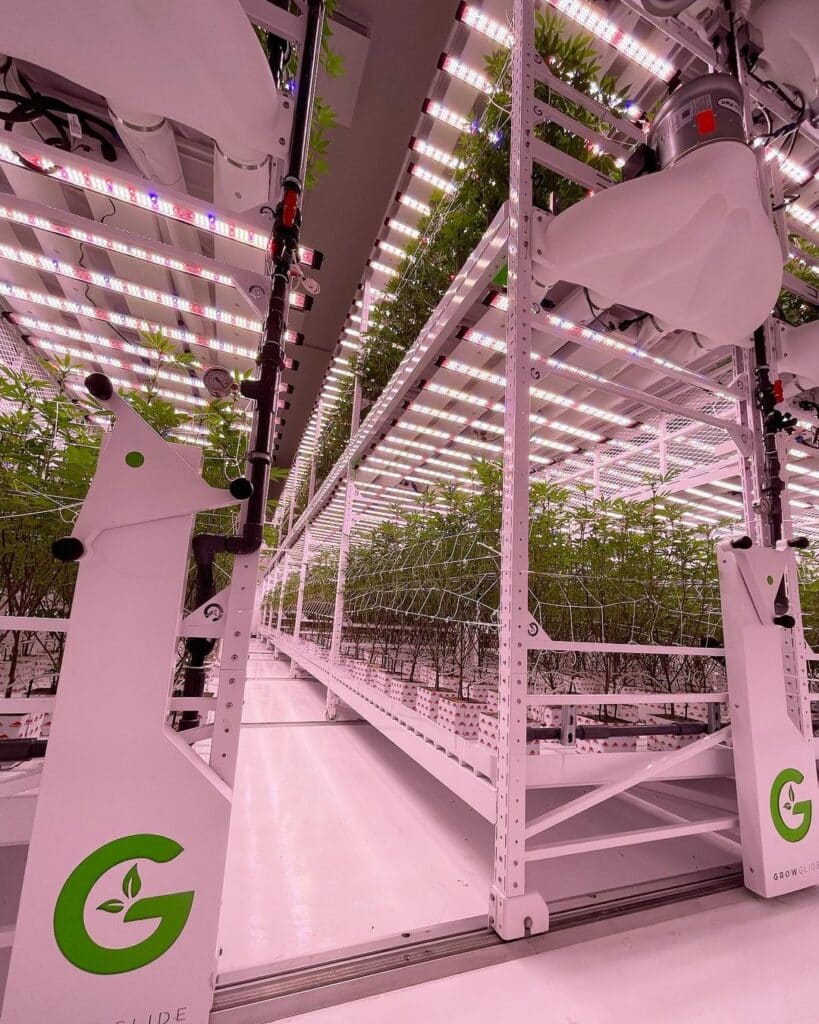







Leave A Comment